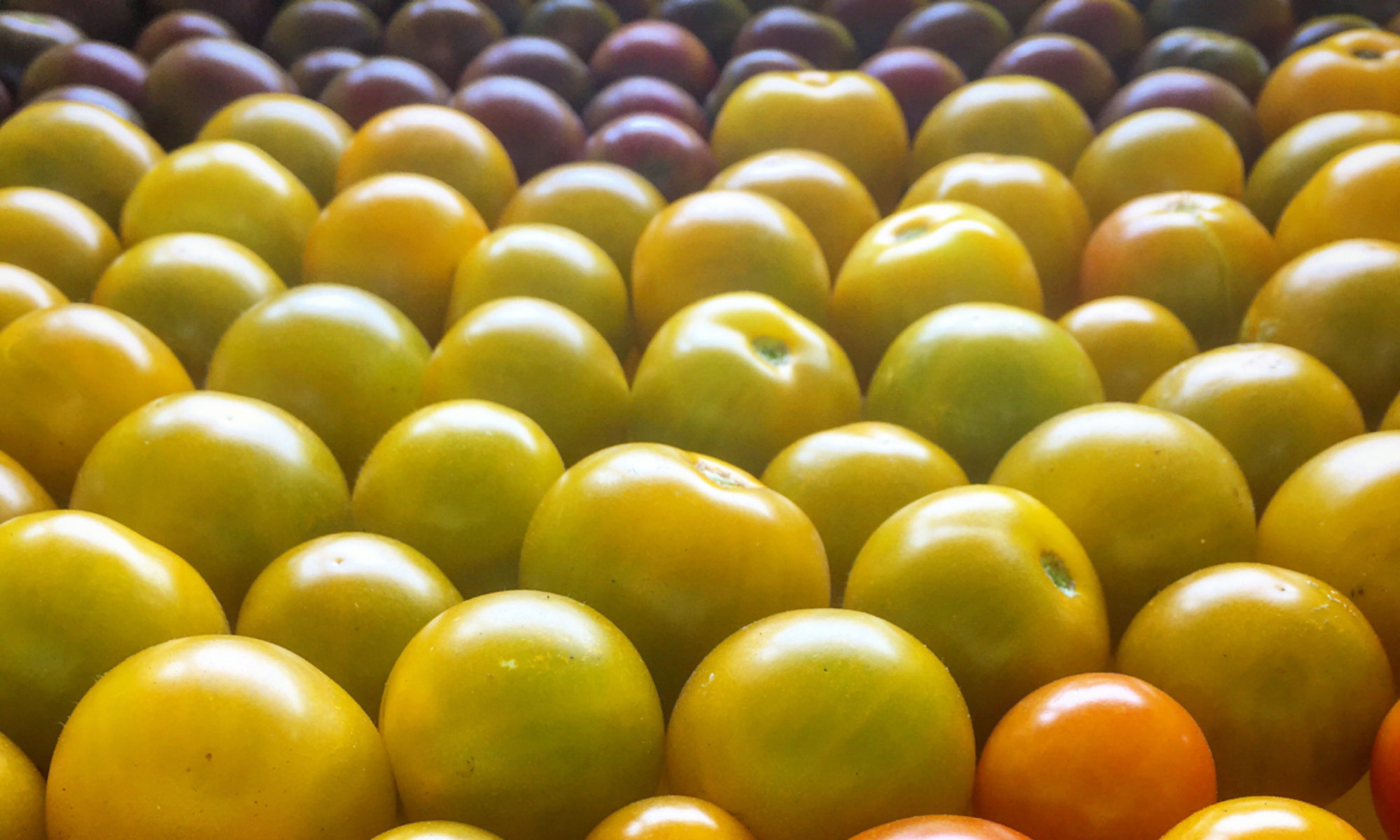Below is a piece of a repost from when I launched my original site back in 2007. This predates the current “very small farm” out on Sauvie Island and is instead referring to the trial grounds in my backyard. Five years later I’m still growing most of those same chicories and enjoying them more than ever. The interest in chicories is definitely growing. NOVIC is going to do variety trials this winter here in the Northwest, and I was just talking to Carol Miles from WSU who is going to be trialing chicories in Washington. The Northwest Agricultural Business Center hosted a season extension workshop in Mt. Vernon two weeks ago that I was fortunate to be invited to present at. Carol, as well as a number of other very experienced growers participated and part of what I showed were my winter CSA shares, grown outside, that rely heavily on chicories to offer a good salad green that can also be cooked in the winter.
My varieties initially came primarily from Seeds From Italy, which has an excellent selection, and very high quality seeds. I’ve recently been getting more seed from Wild Garden Seed. Frank Morton, the breeder at Wild Garden is a friend and another chicory fanatic having been a long time salad greens grower. I think that here in the Northwest we’re still in the early parts of the learning curve in terms of variety selection, best growing practices, and also in developing a solid market. These greens are so good in the winter, although I don’t think they’re great at other times of year. That might limit their appeal to folks who aren’t used to cooking seasonally, but seasonal eating is also starting to catch on a little more. They’re a perfect addition to CSA shares which emphasize seasonality anyway.
Here are my notes from back in 2007
Thursday, December 6, 2007
It’s December and I am completely excited about the outrageously beautiful, and delicious chicories that are growing on the “very small farm” right now. This is a selection of them, two radicchios, a catalogna, a frisse, and an escarole. There are a few more out there that aren’t in the photo, equally beautiful and really flavorful. The cool weather has really mellowed any bitter and most of these aren’t bitter at all. I’ve grown some chicories, and enjoyed them but last year’s trip to Italy was very inspiring, especially an escarole salad we had at a little agritourismo outside of Sienna. So, this year I went a little crazy and decided that I wanted to experiment with a lot of varieties in the fields and preparations in the kitchen. They are a little tricky to grow, but mostly just in the uneveness of maturity and size. In the winter garden this might actually be a real advantage, since things aren’t really growing anyway. It’s a real advantage if they can all be planted in the late summer and then mature over the course of about five or six months, starting in October or November when the summer lettuces are finished. The downside is definitely low yields and lots of rot to dig through, but welcome to winter growing outside.


